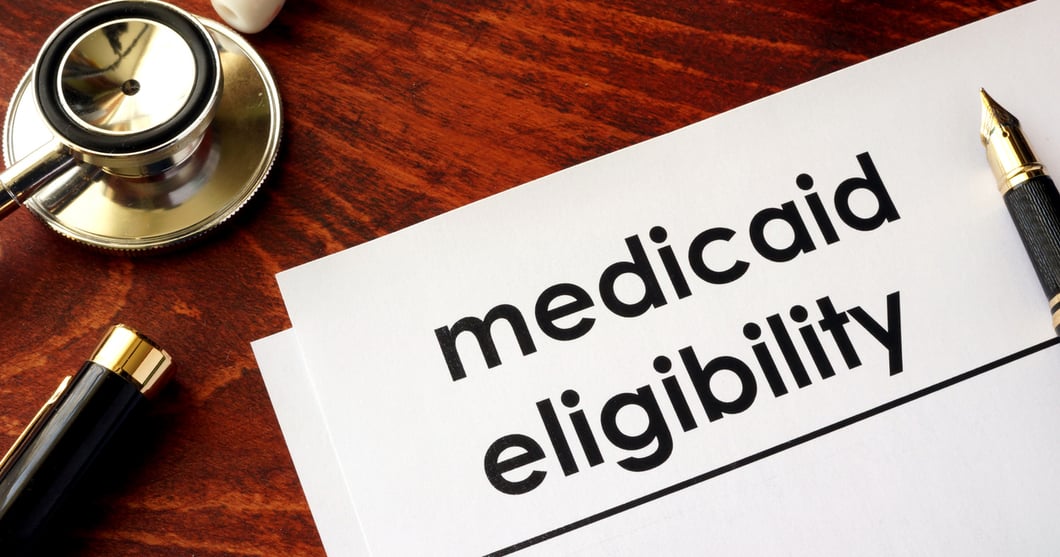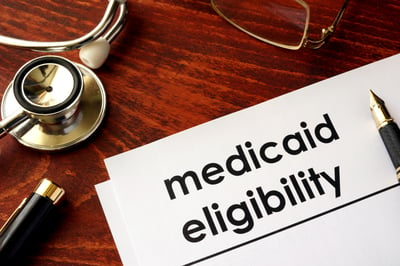4 Must-have Data Points for Dispatch-Billing Alignment and Maximum Reimbursement
5% of Your Self-pay Patients Likely Have Medicare Coverage
Gaps in demographic and insurance information are commonplace
Was this information valuable?

Gaps in demographic and insurance information are commonplace. Patients are often mislabeled as self-pay despite the presence of billable (but not provided) insurance coverage. ZOLL® Data Systems’ internal reporting across all client sites validates this common revenue cycle challenge.
- Approximately 20 to 40% of presumed self-pay patients have insurance coverage — commercial, governmental, or a combination.
- Half of these patients have government coverage — Medicare, Medicaid, or are dual-eligible beneficiaries.
- Conservatively, 5% of patients assumed to be self-pay have Medicare coverage but did not supply the information.

Making the Case for Insurance Discovery and Verification in Self-pay
New technologies with the ability to search multiple data sources and provide a patient’s social security number (SSN), date of birth (DOB), and other critical information have become paramount.
Having tools to help with patient information verification and insurance discovery in self-pay populations is more important than ever in order to:
- Capture the right demographic and insurance data at the front end of the billing process to resolve issues that result in lost revenue.
- Verify complete, accurate patient demographics and insurance coverage in real time.
- Streamline the search process so that a single query can quickly identify and verify coverage, delivering accurate, billable information.
- Find coverage for self-pay patients and convert to Medicare, Medicaid, or commercial insurance rather than write off the loss.
Begin by using a demographic verification product to run name, address, date of birth, and social security number to ensure billing the right person the first time, then conduct insurance discovery to avoid downstream issues.
Many patients may not have their new Medicare card available and recalling the Medicare Beneficiary Identifier (MBI) is more difficult than providing their familiar SSN. Pairing a batch Medicare beneficiary tool with insurance discovery can facilitate the lookup process through an automated, multi-database search capability.
How to Ensure Effective Use of Pre-billing Technology Solutions
Pre-billing technology builds on the information collected by emergency department, outpatient, and other providers. Here are three best practices to consider:
- Collect information from the patient/family member prior to discharge from the emergency department or ambulatory care facility. Request copies of driver’s license and insurance cards and ensure that required paperwork is completed.
- Achieving optimal results from insurance verification requires more than name, address, and date of birth. Get a telephone number, insurance information, an email address, past addresses, and SSN.
- If an old Medicare health insurance claim number (HICN) or SSN is provided, it’s possible to cross reference and identify the MBI. Until the MBI is entered into the database, retain the HICN. If the patient returns without their MBI card, access to old data serves as a link to the MBI. Consider using an MBI batch lookup tool.
If 5% of write-offs are converted to Medicare-billable claims, the impact on the bottom line can be substantial. Identifying all possible revenue opportunities at the front end of the billing process and submitting a clean claim reduces costs related to manual verification, claim rejections, and returned mail. Read the full article in Becker’s Hospital Review to learn more about how you can migrate self-pay patients to billable coverage and capture more revenue.
Read More on Improving Self-pay Revenue With Patient-centric Payment Plans
Offering Patient-centric Payment Plans Increases Provider Collections by More than 11%
Related Posts
How Right-day Billing With Automated Deductible Monitoring Can Increase Provider Revenue
Maximize Revenue and Reduce Bad Debt by Monitoring Deductible Status
ZOLL Pulse Blog
Subscribe to our blog and receive quality content that makes your job as an EMS & fire, hospital, or AR professional easier.
ZOLL Pulse Blog
Subscribe to our blog and receive quality content that makes your job as an EMS, fire, hospital, or AR professional easier.




